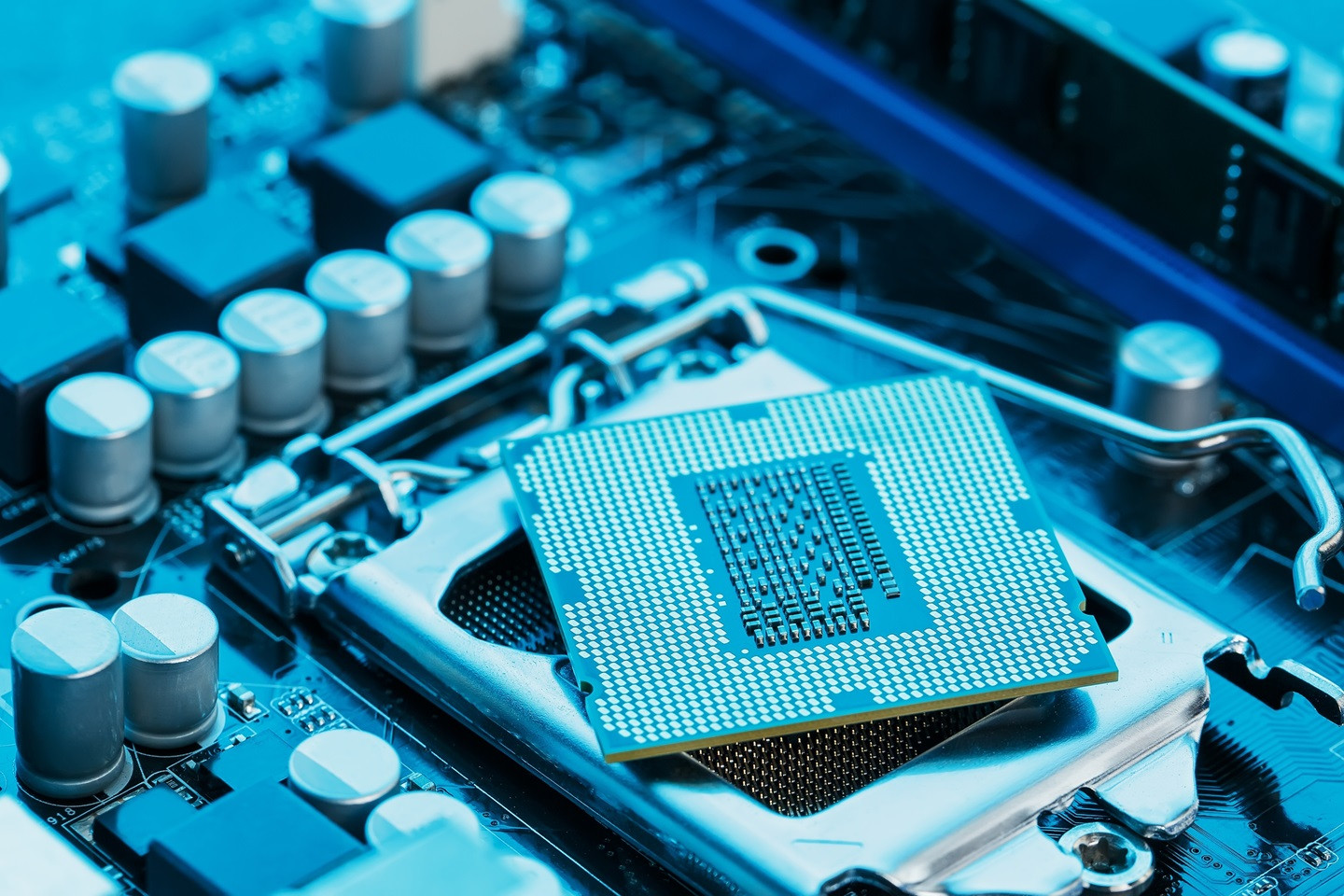The OPPO A5 Pro Series is designed for users who demand durability, high performance, and long-lasting reliability...

Graphics Cards: What category does your GPU sit in?
Let us talk about graphics cards. There are many terms for graphics cards; they are also known as graphics adapters, graphics controllers, or graphics accelerators. Whatever name you call it, it still serves one function, which is to provide high-quality display, whether it is for photo and video editing, intense gaming, or 3D rendering.
There are 3 types of graphics cards: low-end, mid-range, and high-end. Let us define each and determine where your graphics card sits.
The first one is the entry-level graphics cards.
These graphics cards are designed for basic graphics tasks and entry-level gaming. They are budget-friendly yet can cater to those users who require basic capabilities for every use. One key characteristic of entry-level graphics cards is their basic performance, which is not suitable for demanding tasks like modern gaming or graphics-intensive applications. They have a smaller amount of VRAM, which is crucial for handling textures and graphic assets in games. But they are power-efficient, which is ideal for laptops and small form-factor systems.
Next are the mid-range graphics cards.
This graphics card balances price and performance, making it a popular choice for many gamers and content creators. These GPUs offer decent gaming performance at up to 1440p resolutions and can handle content creation tasks. Here are some key characteristics of mid-range graphics cards: They can handle modern games at 1080p up to 1440p with medium to high settings. They have more VRAM, which enables them to provide better support for high-resolution textures and graphics-intensive applications. They also consume more power than entry-level GPUs but are generally more power-efficient than high-end GPUs.
Lastly, we have the high-end graphics cards.
These graphics cards are designed for users, gamers who demand high-level performance, and professionals who need powerful processing for editing and 3D rendering software. Key characteristics of high-end graphics cards are high performance in terms of games at 4K resolution and high settings. They can also handle highly graphics-demanding apps such as 3D rendering software, but due to their high performance, they also consume more power, which is why it’s best to partner with powerful cooling systems. With these characteristics, these graphic cards are the most expensive among the three categories.
In conclusion, entry-level, mid-range, and high-end graphics cards offer different performance levels and depend on the user's budget and needs. As a rule of thumb, we can categorize this graphics card as having 1080p as entry-level, 1440p as mid-range, and 4k resolutions for high-end graphics cards. The current entry-level examples are the RTX 3060, RTX 4060, and the AMD RX6600 and RX7600. As for the mid-range, we have the RTX 4060 Ti, RTX 4070, and AMD RX6700XT and RX7700XT. Lastly, we have the RTX4080, RTX4090, and the AMD RX7900XTX. We must always remember that once a new graphics card is released, the entry-level, mid-range, and high-end categories also change. One day, we will see the RTX4090 in the entry-level section.










Leave a comment